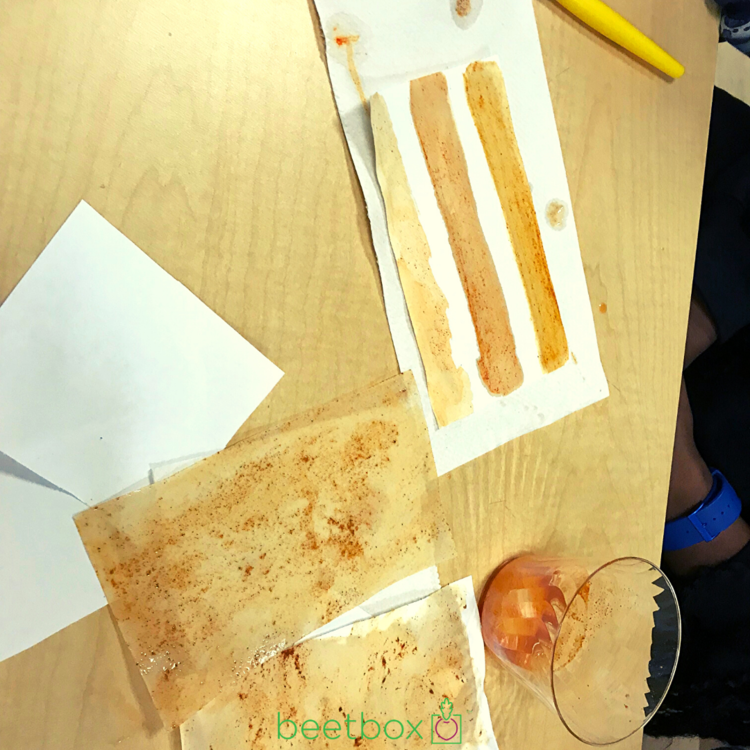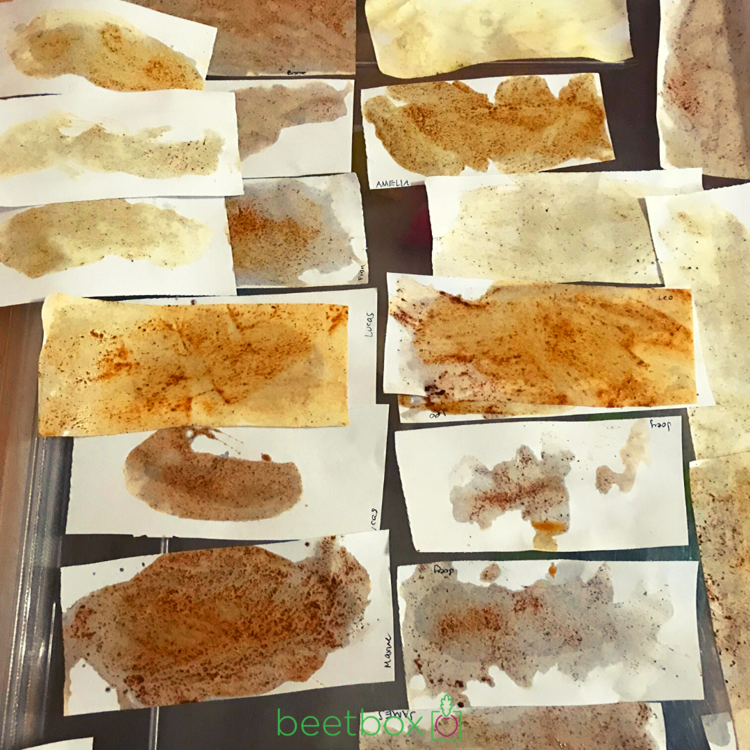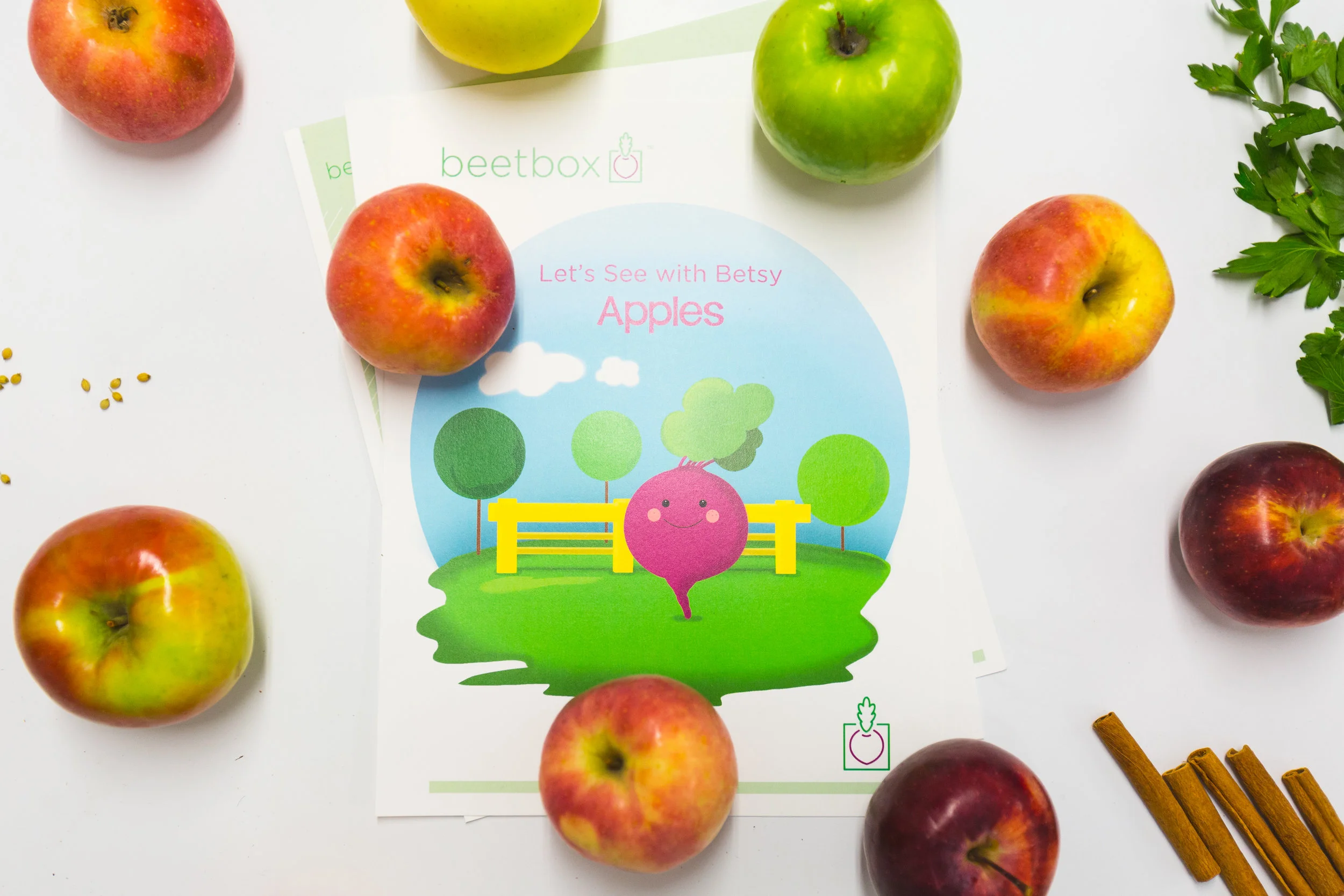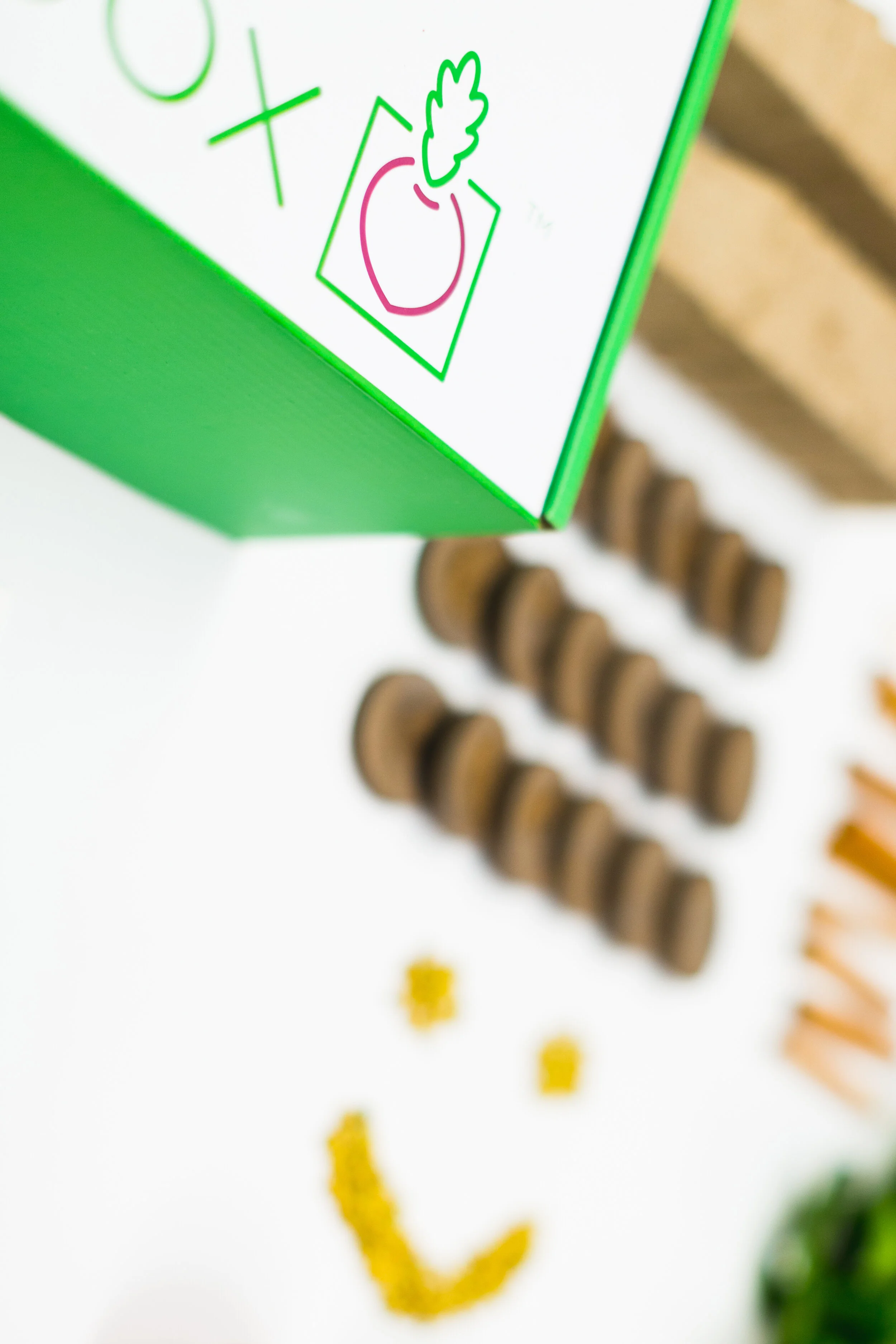Making Paint with Spices
Winter is here, but have no fear! We've got a fantastic wintery spiced sensory activity that is perfect for children (both in the classroom and at home) in those tiring last moments leading up to your holiday break.
We love this activity for a few reasons. The first being that it’s a really great process art activity, meaning an open ended art project that focuses more on the experience rather than the end result. If you’d like to read more about process art, you can click here. Another benefit of this activity is that it provides a decent amount of basic scientific discovery, like “before and after”, predictions, and the seed to table cycle (do some research on the origin of your favorite spices, for example cinnamon is actually the bark of a tree, and vanilla starts as a beautiful orchid!) and show children photos of their original state, and then the one they’re used to seeing at the grocery store.
There are two versions of this activity. One that uses spices mixed with white paint and one that only requires water. The only downside to the white paint option is that it does require quite a bit of spice to create color, so using solely water might be better for tighter budgets.
1. Cut out plenty of strips of white or neutral colored paper, or recycle scrap paper (it might be fun to try a few different colors here, like black, white, beige and see how the spices look across the spectrum!) Giving children plenty of paper is best, as they’ll go through it quickly if using the water option.
2. Start with a very small amount of water (a few tablespoons) or white paint in small bowls or cups for each child, with one paint brush each.
3. Gather your favorite ground/powdered spices like cinnamon, paprika, turmeric, cloves, etc, keeping a contrast of colors and scents in mind.
4. You can either let children smell and explore the spices before mixing them in the water or paint, or sprinkle some of the spices right into the water and have them start exploring right then. We started with cinnamon, then added cloves, then paprika, and so on, all in the same cups. However, if you prefer, you can keep them separate. Children did have an exciting time “mixing” the different smells together, so don’t be afraid to let it get wacky.
5. Don’t forget to ask questions such as “what does this smell like? spicy? sweet?” “What does this smell remind you of?” “Did the color of the water change?”
6. Since this is a process art activity, simply let the children explore as they wish. Some might enjoy just stirring the water with the spices, while others might have a true interest in “painting” and experimenting with the mixture on the paper.
7. Hang them to dry in your classroom, and enjoy the yummy scents for the rest of the day!
Check out our free parent download containing 30+ hands on activities for you to engage your children, with STEAM based seed to table activities.
Give our suggestions a try, and let us know what you think in the comments below! Don’t be afraid to pass along and share with friends and family. The healthier we all are, the better!

















